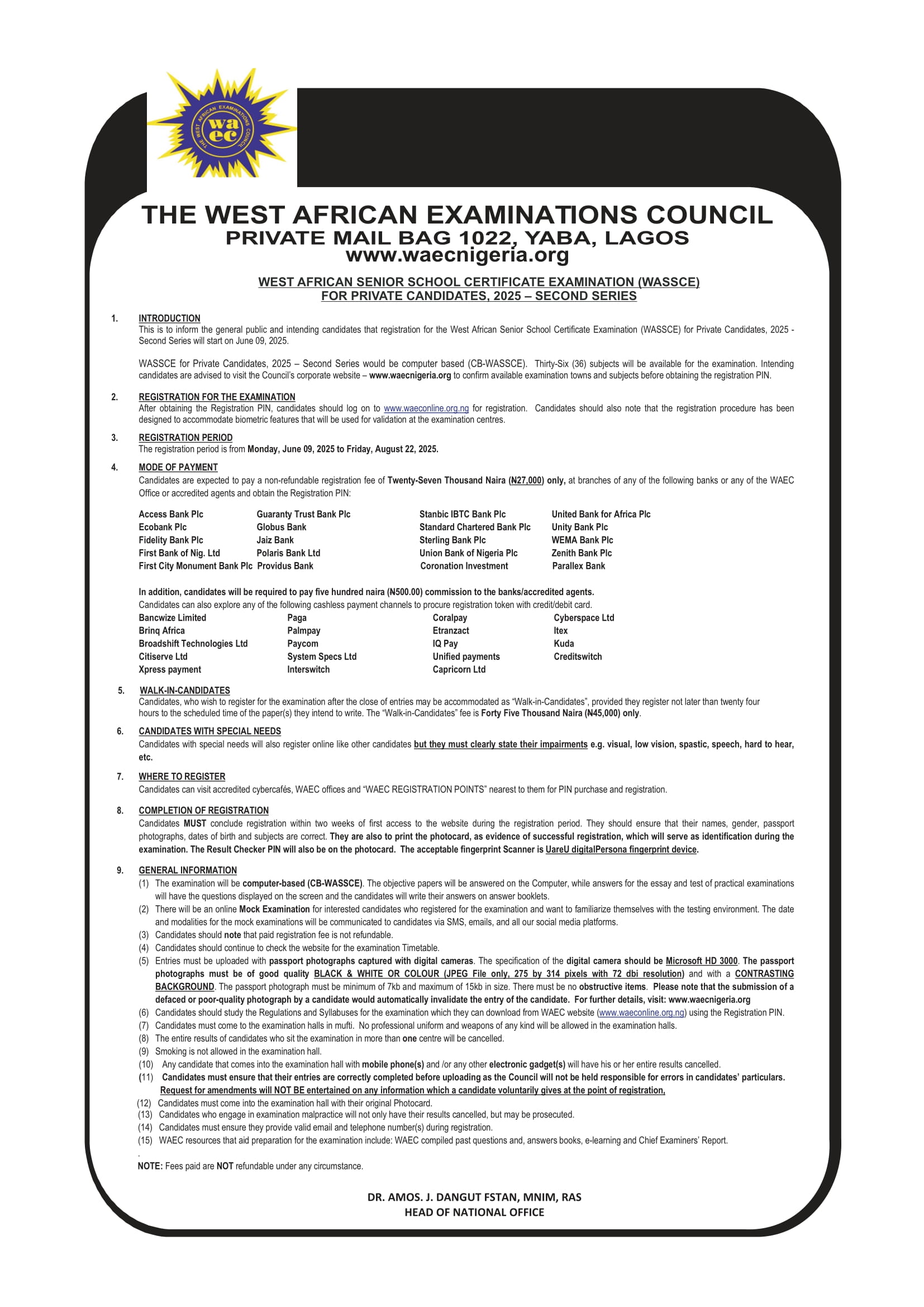
Oil
Demand Concerns Continue to Impact on Global Oil Markets

While US markets are speculating about Trump’s pick for Energy Secretary, oil futures have been steadily declining with WTI dipping well below $70 per barrel and ICE Brent holding out at $72 per barrel. Unimpressive inflation data as well as disappointing stimulus measures have put China back into the limelight, further squeezed by the ongoing strengthening of the US dollar. OPEC has since added to demand concerns by cutting its oil demand forecast for a fourth consecutive month.
Just as the COP29 conference is about to start in Baku, the future Trump administration might withdraw from the Paris climate agreement and ease US commitments to allow more drilling and mining, as well as lifting the Biden-era LNG permitting ban, OilPrice.com reports.
In the last installment of the Biden Administration’s SPR replenishments, the US Department of Energy bought 2.4 million barrels of sour crude from Macquarie and midstream firm Energy Transfer, to be delivered in April-May 2025 to Bryan Mound.
The Appeals Court in the Hague dismissed a 2021 ruling that ordered Shell (LON:SHEL) to cut its total carbon emissions by 45% by 2030 compared to 2019 levels, based on a case brought by climate activist group Friends of the Earth.
With Europe tacitly watching the Ukraine-Russia gas transit drama, Kyiv wants to more than double entry tariffs for natural gas transportation for 2025-2029, citing a substantial decline in transportable volumes and changing the currency of tariffs to euros.
Saudi Arabia’s crude oil deliveries to China are expected to fall to 36.5 million barrels in December, the second straight month-over-month decline after 37.5 million barrels in November and 46 million barrels in October, attesting to weak Chinese demand.
According to the Wall Street Journal, Russia is considering merging its three largest oil companies Rosneft, Gazprom Neft, and Lukoil to create the world’s second-largest oil producer, although the companies themselves have refuted this.
In his first presidential visit as Indonesia’s new President, Prabowo Subianto flew to China, agreeing to build a new nickel smelter in Central Sulawesi and expanding cooperation between the two states into lithium batters and photovoltaics.
COP29 participants in Baku have adopted new standards for carbon credits under the Paris Agreement, although there is still no agreement on how countries can use their carbon credits to meet their greenhouse gas reduction targets.
Before leaving office, the Biden administration could formalize a 2050 target to triple nuclear power capacity by 2050, deploying an additional 200 GW of new reactors to the 100 GW existing, as the idea of boosting nuclear enjoys bipartisan support.
India’s imports of thermal coal dipper by a third year-over-year, falling to 13.56 million tonnes and marking the first consecutive decline in more than a year, thanks to improving hydropower and solar generation as overall power output has also been cooling.
Front-month copper futures extended their slide this week, with COMEX prices falling to $9,320 per metric tonne, shedding 6% since the re-election of Donald Trump raised risks of a global economic slowdown in case the 60% China tariff is implemented.
India’s Oil Minister Hardeep Puri stated the South Asian nation will see rising fossil fuels demand until at least 2040, reiterating its ambition to boost refining capacity by 80% to 9 million b/d and meet a net zero emission target by 2070.
Angola’s government has offered 10 dormant discoveries once found by oil majors that subsequently never tapped into them to oil investors, scattered across four offshore blocks and containing a proven reserve total of 500 million barrels.
About The Author

